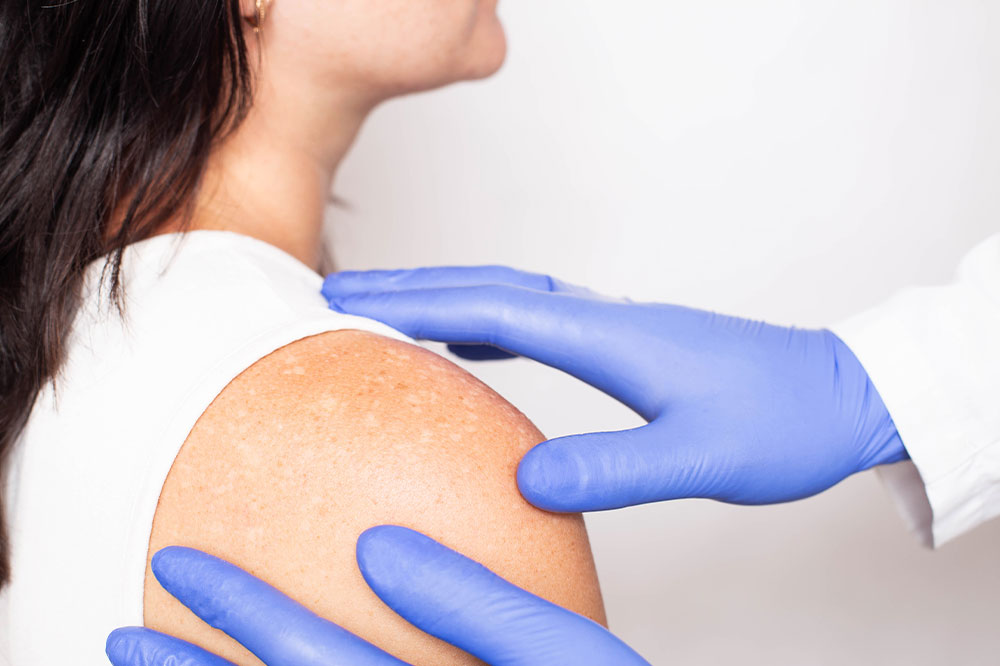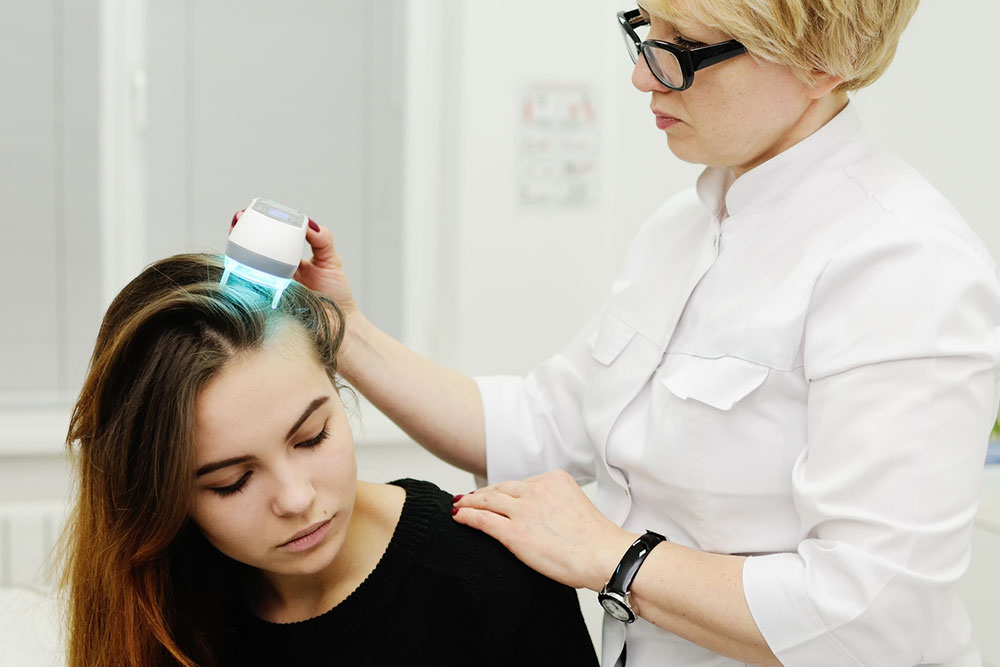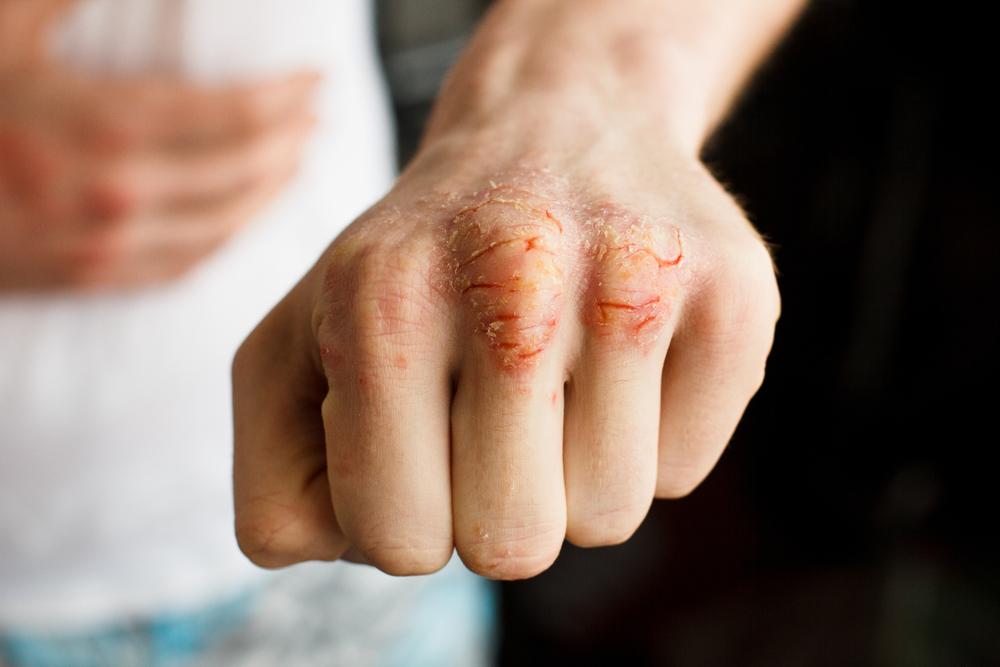Comprehensive Guide to Vitiligo: Symptoms, Causes, and Effective Treatment Options
Vitiligo is a prevalent skin condition characterized by depigmented patches on the skin, hair, and mucous membranes. This comprehensive guide explores its symptoms, causes, and various treatment strategies, including topical therapies, phototherapy, surgical options, and emerging treatments. Understanding vitiligo enables better management and psychological support for affected individuals, improving their quality of life. Although no permanent cure exists yet, advances in medical research hold promise for future therapies. Early diagnosis and personalized care are key to managing this challenging skin disorder effectively.

Comprehensive Guide to Vitiligo: Symptoms, Causes, and Effective Treatment Options
Vitiligo is a common and often misunderstood skin condition that impacts millions of individuals across the globe, transcending age, gender, and ethnicity. It manifests primarily through the loss of skin pigmentation, resulting in irregular light patches or white spots that can appear on various parts of the body. These patches may develop gradually and sometimes spread over time, affecting not only the skin but also hair and mucous membranes in some cases. Although vitiligo is not life-threatening, it can significantly influence a person’s emotional well-being, self-image, and social interactions, making awareness and understanding of the condition vital.
Recognizing the Symptoms of Vitiligo Identifying vitiligo involves observing distinctive signs on the skin. The condition typically begins with small, irregularly shaped patches that are lighter than the surrounding skin. Over time, these patches may enlarge or multiply, forming larger, more noticeable areas of depigmentation. They often start as pinkish or light tan spots that gradually turn white, especially after exposure to sunlight. The most commonly affected regions include the face, neck, hands, arms, legs, and areas around body openings such as the lips and genitals. Sometimes, the patches merge together, creating a more extensive depigmented area.
In addition to skin discoloration, individuals with vitiligo often notice changes in their hair, which can turn gray or white in affected regions. Mucous membranes, like the inside of the mouth or lips, may also lose pigmentation. The condition may be accompanied by increased skin sensitivity to sunlight, leading to sunburns more easily on affected patches. Some individuals experience itching or discomfort as patches develop or expand. Rarely, vitiligo can influence the eyes, leading to changes in iris color, and in very rare cases, it may affect hearing due to damage to melanocytes in the inner ear, though this is uncommon.
Psychologically, vitiligo can affect mental health profoundly. Many patients face feelings of embarrassment, low self-esteem, depression, or anxiety because of societal perceptions and personal dissatisfaction with appearance. Social withdrawal is a common consequence, highlighting the importance of psychological support alongside medical treatment.
Understanding the Causes of VitiligoDespite extensive research, the exact cause of vitiligo remains unclear. The scientific consensus indicates that it is primarily an autoimmune disorder, where the immune system mistakenly attacks and destroys melanocytes—the cells responsible for producing skin pigment melanin. The destruction of melanocytes leads to the characteristic depigmentation seen in vitiligo. Genetic factors also play a significant role; individuals with a family history of vitiligo or other autoimmune conditions are at a higher risk. Environmental triggers, such as exposure to certain chemicals, ultraviolet radiation, physical injuries, or emotional stress, can initiate or exacerbate the condition. Stress impacts hormonal levels and immune response, possibly accelerating melanocyte destruction. Moreover, oxidative stress and other biochemical pathways may also contribute to the development and progression of the disease.
Available Treatments and Management Strategies for VitiligoWhile there is currently no cure for vitiligo, various therapies can help manage symptoms, restore skin pigmentation, and improve the quality of life for affected individuals. Treatment plans should be tailored to each patient’s extent of condition, age, skin type, and overall health.
Topical Treatments Prescription creams, such as corticosteroids, calcipotriol, or immunomodulators like tacrolimus, are often prescribed to reduce inflammation and promote repigmentation. These topical agents work best in early stages or small patches when used regularly under medical supervision. However, prolonged use may have side effects, so caution and dermatologist guidance are essential.
Phototherapy Controlled exposure to ultraviolet B (UVB) light, either via narrowband UVB devices or psoralen plus UVA (PUVA) therapy, can stimulate melanocyte activity and enhance skin pigmentation. Multiple sessions over several months are often necessary to observe significant improvements. Laser therapy targeting specific patches is another option, especially for localized areas resistant to topical treatments.
Depigmentation Therapy For extensive vitiligo where repigmentation is unlikely, depigmentation of the remaining pigmented skin might be considered to achieve a uniform skin tone. Monobenzone cream is commonly used to lighten residual pigmented areas intentionally, creating a more consistent appearance.
Surgical Options In certain cases, surgical approaches such as skin grafting, melanocyte transplantation, or suction blister grafts are viable. These procedures involve transplanting healthy melanocytes into depigmented patches and can be effective, especially when traditional therapies fail. Surgical interventions are usually performed by specialists experienced in vitiligo management and are tailored to individual circumstances.
Emerging and Complementary Treatments Alongside established treatments, emerging therapies include the use of stem cell transplants, personalized phototherapy protocols, and topical agents aimed at protecting or regenerating melanocytes. Additionally, alternative remedies like antioxidants, herbal treatments, and vitamin supplements are explored for their potential supportive roles, although scientific evidence varies.
Psychological and Supportive Care Addressing the emotional impact of vitiligo is crucial. Support groups, counseling, and psychological therapy can help patients cope with social stigma and build self-esteem. Education about the condition, realistic expectations, and community support foster resilience and improve overall quality of life.
Prevention and Lifestyle Modifications While the causes of vitiligo are not fully preventable, lifestyle changes such as using broad-spectrum sunscreens, avoiding skin injuries, managing stress, and maintaining healthy skin care routines can minimize exacerbations and protect affected skin.
In summary, vitiligo is a complex skin disorder with multifaceted causes and treatment approaches. Early diagnosis, personalized management, and supportive care are essential components for enhancing patient outcomes. Ongoing research continues to uncover new therapies, offering hope for more effective solutions in the future.





